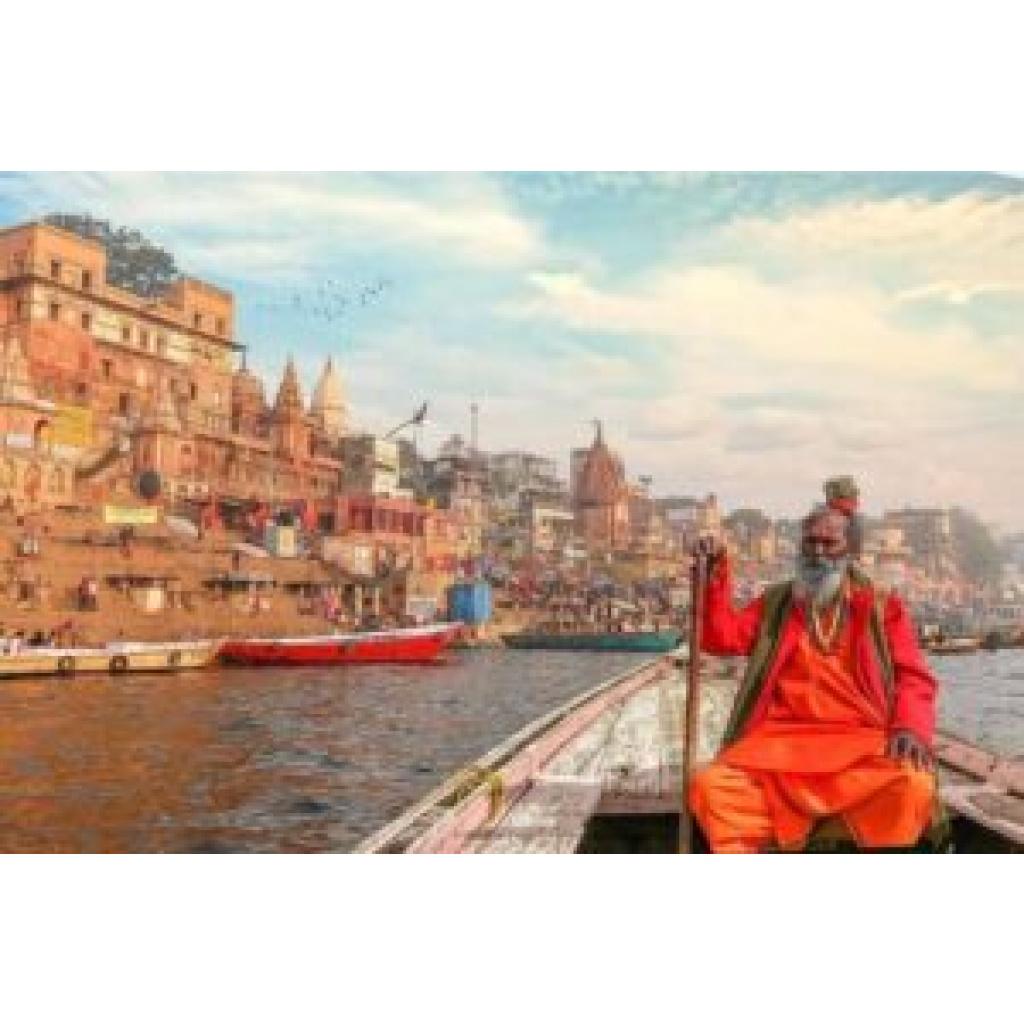When is the best time to visit the Philippines
Best time to visit the Philippines means visiting endless beaches, trekking through lush jungles, and immersing yourself in vibrant cultures across thousands of islands. But timing can make or break your trip, with weather playing a big role. If you’re dreaming of sunny beach days, diving adventures, and rich cultural experiences, knowing the best time to go is essential. Here, we break down the seasons to help you plan your perfect getaway. Timing Your Trip Perfectly The Philippines is made up of over 7,000 islands, each offering unique landscapes and cultures. However, with its tropical climate, the weather can vary a lot, and not every month is perfect for visiting. Many travelers assume it’s always sunny, only to end up in rainy or typhoon-prone areas or stuck in crowds during peak season. Knowing more about the weather, tourist seasons, and local events can help you avoid these common pitfalls and plan a better trip. Best time to visit the Philippines experiences three main types of seasons. Additional Cooling Moist Season (December, February)Cool and dry seasons. The Summer—Hot and Dry Season (March to May) Rains (June through November) Every season brings unique challenges to different regions. Let’s address these issues to create the ideal travel itinerary. Also Read: What is the best time to visit japan? Excess: Where Poor Timing Can Lead to Economic Dislocation One common mistake travelers make is not accounting for the time spent away from home, whether that’s due to weather delays, lost days of planned activities, or unexpected expenses. Here are some potential issues to keep in mind: Unpredictable Weather: If you visit during the rainy season, some island areas may be off-limits, boat trips to smaller islands might be canceled, and flights could be delayed. Crowded Peak Seasons: During the busiest months, like December to February, tourist numbers are high, leading to pricier accommodations and long lines. Missed Events: Arriving outside of major festivals or seasonal activities means you might miss out on unique cultural experiences that could make your trip even more memorable. Choosing Your Best time to visit the Philippines I will break down each season’s highlights, so you can pick the ideal time based on what matters most to you—whether it’s beach days, cultural festivals, or adventure sports. 1. Dry Season (December to February) Many travelers choose to visit during this period, and for good reason. These months bring comfortable temperatures, little to no rain, and stable weather. Weather and Conditions: Temperature: A pleasant 24-30°C. Rainfall: Minimal across most areas. Humidity: Lower than any other season, perfect for outdoor activities. Ideal Activities: Beach Escapes: With sunny skies and cooler temperatures, it’s the perfect time to relax at top beaches like Boracay, Palawan, and Cebu. Water Sports: Calm seas and clear waters make it ideal for swimming, snorkeling, and scuba diving. Hiking and Nature: Cooler weather is great for exploring the Banaue Rice Terraces or climbing Mt. Pulag. Key Events: Sinulog Festival (Cebu): Held on the third Sunday of January, this lively festival is one of the Philippines’ biggest celebrations. Ati-Atihan Festival (Kalibo): In January, this festival brings vibrant street dancing and deep cultural connections. Pros: Reliable Weather: Consistent weather makes planning easy. Cultural Festivals: Experience rich cultural events that bring the spirit of the Philippines to life. Perfect for Outdoor Activities: Lower temperatures make it a great time for hiking and island hopping. Cons: Higher Costs: Prices for flights and hotels tend to peak during this busy season. Crowds: Popular spots can get crowded, sometimes taking away from the cultural experience. For those seeking a cultural adventure, it’s worth planning around these festivals and being prepared for higher prices and busier sites. 2. The warm and dry season is from (March to May) It is one of the best time to visit the Philippines, also known as summer, which brings hotter temperatures, making it suitable for beach-related or water activities. Weather and Conditions: Temperatures range from 27°C to 35°C, often quite hot, especially in the valley. Rainfall was limited, but there was some additional rain on higher ground. The humidity is high, making some inland destinations oppressively hot. Ideal Activities: Island Hopping: March to May brings the sunniest skies and clearest waters, making it perfect for exploring islands like El Nido and Coron (Palawan) or Siargao. Diving and Snorkeling: With excellent underwater visibility, it’s a great time to dive into the colorful marine life at Tubbataha Reefs and other top spots. Wildlife Spotting: Summer is also ideal for spotting dolphins and whales as they migrate through these waters. Key Events: Pahiyas Festival (Lucban): Held in May, this lively harvest festival showcases houses decorated with fruits and harvests, making it one of the most colorful events in the Philippines. Holy Week (April): Celebrated nationwide, this week-long religious observance includes vibrant reenactments and ceremonies. Pros: Ideal Weather: Clear skies and warm waters make it perfect for swimming, diving, and snorkeling. Wildlife Season: It’s the best time for spotting marine wildlife. Festivals: Enjoy Filipino culture through festivals like Pahiyas and Holy Week, with their traditional and religious celebrations. Cons: Heat: It can get very hot, especially inland, so be prepared for high temperatures. Crowds: Popular beaches and islands are bustling with tourists, especially during Holy Week. This season is best time to visit the Philippines and perfect for sun-seekers, water sports lovers, and anyone looking for fun on the beach or exciting diving trips. 3. Monsoon (June to November) The rainy season in the Philippines comes with typhoons and heavy rain, so many travelers skip it. But for those who can adapt, it has its own perks. Weather and Conditions: Temperature: Warm, around 25-32°C, with frequent rain. Rainfall: Heavy, especially from July to September, with increased typhoon risk. Humidity: High, giving a tropical feel but making outdoor activities challenging. Ideal Activities: Surfing: If you’re a surfer, this season brings the best waves in Siargao. Indoor Attractions: Great time for visiting museums, historical sites, and other indoor spots unaffected by rain. Hot Deals:


